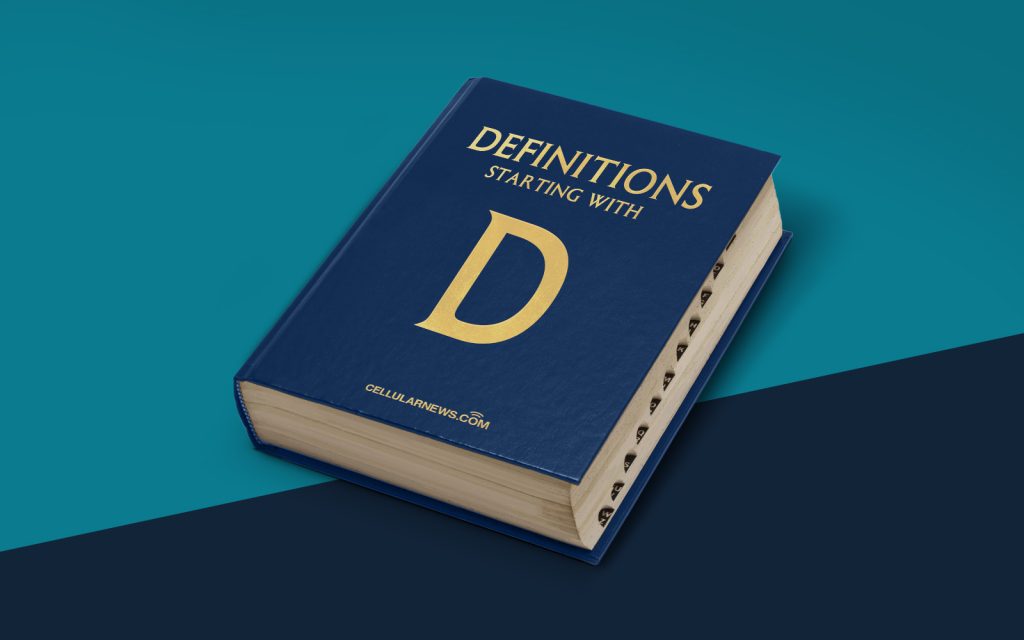
Welcome to the World of Deques!
Have you ever wondered what a double-ended queue, or deque, is? Well, you’ve come to the right place! In this article, we’ll explore the world of deques, their purpose, and why they’re an important data structure in computer science.
Key Takeaways
- A deque is a data structure that allows for the addition and removal of elements from both ends.
- It combines the functionalities of both a stack and a queue.
A double-ended queue, commonly known as a deque (pronounced “deck”), is a versatile data structure that allows elements to be added or removed from both ends. It combines the functionality of a stack and a queue into one powerful tool. But what makes deques so special? Let’s delve into their key features:
Why Use a Deque?
Deques offer several advantages over other data structures in certain scenarios. Here’s why they’re commonly used:
- Efficient Insertion and Removal: Unlike arrays or lists, deques allow for constant time insertion and removal operations at both ends. This makes them ideal for situations where elements need to be quickly added or removed from either end of the queue.
- Supports Multiple Operations: Deques provide operations such as push, pop, inject, and eject, which allow for flexibility in manipulating the elements.
- Space Efficiency: Deques optimize memory usage by dynamically allocating memory as needed. This allows for efficient utilization of resources.
- Applications in Algorithm Design: Deques are an important tool in various algorithms and data structures, such as deque-based search algorithms, sliding window problems, and more.
Implementations of Deques
Deques can be implemented using an array-based approach or a linked list-based approach. The choice of implementation depends on the specific requirements of the problem at hand. Here are the two common types of implementations:
- Array-Based Deque: An array-based deque stores the elements in a fixed-size array, which allows for efficient random access and constant time insertion and removal at both ends. However, it may require resizing the array if the number of elements exceeds its capacity.
- Linked List-Based Deque: A linked list-based deque uses a linked list structure to store the elements. This implementation doesn’t have the capacity limitation of the array-based deque and allows for dynamic resizing. However, it requires extra memory to store the pointers, which can result in slightly slower performance.
Both implementations offer their own advantages and trade-offs, so the choice depends on the specific use case and performance requirements.
Conclusion
A double-ended queue, or deque, is a versatile data structure that allows for efficient insertion and removal of elements from both ends. Whether you need to implement a stack, a queue, or solve algorithmic problems, deques can be a powerful tool in your arsenal. By combining the functionalities of both stacks and queues, deques offer flexibility and efficiency in manipulating elements. So, next time you encounter a programming problem that involves adding or removing elements from both ends, remember the mighty deque!
